William Coombes is kind of a big deal at Visa.
As the VP of Core Design and Austin Site Leader, it’s safe to assume he’s got a lot on his plate, and a lot of people eager to work with him. This year, Austin Design Week was lucky enough to win him over, and by extension partner with Visa.
We asked William a few questions to better understand his vision as a design leader, and how that plays out in the context of Visa, the city of Austin, the design community at large, and—of course—users.
What did the decision process to sponsor ADW look like?
Visa has a long history of recognizing the important role design plays and in attracting top-notch design talent. Over the last year, we’ve brought together all of our global designers into a unified design organization and felt that the time was right to step up and lend our voice to design conversations. We started by sponsoring Design Week in SF last spring and are proud to sponsor ADW considering Austin is our 2nd largest US location, home to our UX Lab and many of our US-based designers, researchers and engineers. We’ve hired amazing talent across the globe; we’ve got a great story to tell and we want to continue to be a part of the diverse design community that we represent in Austin.
How do you view the value of design in general, in Austin, and at Visa?
Perhaps unsurprisingly, to me, design is everything. Design can be applied in so many ways, from the visual (what most people think of when they hear the word), to content, interaction, process…an entire experience. Design requires empathy; the ability to understand how it will impact a viewer, a user, an audience, a human. That’s why design is so powerful. It can elicit such a broad range of emotions and knowing how to use it as a tool is imperative for companies these days. We’re increasingly living in a digital world where your last interaction sets the stage for each subsequent interaction. Design plays a significant role in how we experience our lives. Austin always seems so aware of how important design is and we see it reflected more and more in our growing skyline where it’s not enough to just build the next tallest building, but as important to design a building that contextually fits into our skyline. It’s a city aware of its place in the world, and good design, in conjunction with urban planning - which is really similar to design if you think about it - is imperative to keeping the city growing in healthy ways.
As to how we view the value of design at Visa, it starts with there being a deep understanding and respect at the senior level regarding the fundamental role that design plays. From there, we use a design-driven mindset in a way that benefits thousands of financial institutions, millions of merchants, and billions of consumers around the world.
What interesting design things is Visa up to right now?
All of the things! Seriously, it’s really interesting time in our industry. We anticipate there will be more change in the payments industry in the next few years than we’ve seen in the past few decades. With this change, brings a lot of opportunity for designers to reimagine very habitual experiences. The emergence of IoT, Connected Cars, digital retail…I could go on. All of these initiatives are based in work we’re also doing to create unified design systems, scalable front-end deployment tools, while ensuring everything is rooted in thorough research.
Our theme this year is Open Doors. What do you think is the value of opening doors in professional spaces?
I love the theme. In so many ways it is applicable to both Visa and my personal outlook on design. Personally, I think “what doors as a design leader do I need to make sure I open for my team?” And at Visa, we have a rather simple vision: To be the best way to pay and be paid for everyone, everywhere. That’s a pretty powerful North Star. It is immediately inclusive: “everyone.” That statement really is all about opening doors. From a design perspective, it’s a great North Star to have as we work toward understanding our accountholders and leveraging our research capabilities to uncover the needs of, say, the underbanked in Africa, or explore unmet needs in mature markets like the United States. It’s about inclusive design, and creating products that are accessible. It’s why we have a dedicated accessibility practice as part of our Core Design team. How do we open the right doors to our network and continue to connect new entrants to the payment ecosystem? These are all questions we continue to ask ourselves to ensure we are living up to our own vision in the work we create – it’s a powerful challenge.


